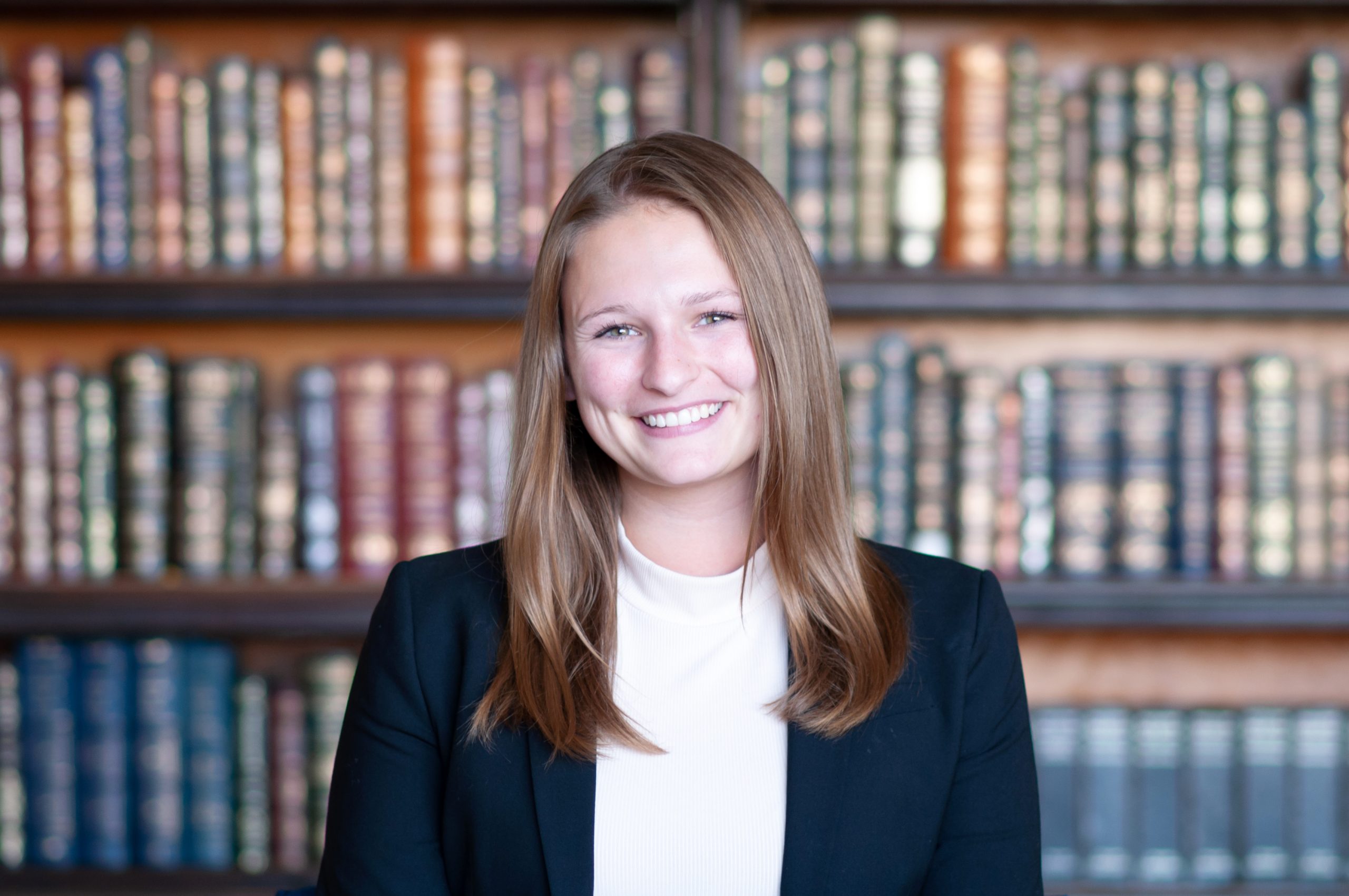Updated on September 10, 2024
Dual-Purposes and Dueling Perspectives

Caitlin Albaugh
Comments Editor
Caitlin is a 3L from Davenport, Iowa. She completed her undergrad at KU and received a degree in English. As a fun fact – Caitlin recently guessed the Wordle answer on the first try!
Rule 1.6 of the Model Rules of Professional Conduct provides that “[a] fundamental principle in the client-lawyer relationship is that, in the absence of the client’s informed consent, the lawyer must not reveal information relating to the representation.”[1] While seemingly straight-forward, compliance with Rule 1.6 is more difficult when the scope of the attorney-client privilege is not clearly defined. Particularly relevant today is the role in which dual-purpose communications play in assessing the privilege. A dual-purpose communication is one that has both a business and a legal purpose.[2] Courts throughout the country inconsistently apply Rule 1.6 to dual-purpose communications, leaving both lawyers and clients without a clear understanding of the scope of the attorney-client privilege. To clarify, courts should embrace the D.C. Circuit’s significant purpose test to preserve the spirit of attorney-client privilege.
There is a three-way circuit split regarding how courts should analyze dual-purpose communications under the attorney-client privilege doctrine. At one end of the spectrum is the Seventh Circuit. In United States v. Frederick, the Seventh Circuit held that “a dual-purpose document, a document prepared to prepare tax returns and use in litigation, is not privileged.”[3] At the other end, in In re Kellogg Brown & Root, Inc., the D.C. Circuit Court held that courts should consider whether “obtaining or providing legal advice was a primary purpose of the communication, meaning one of the significant purposes of the communication” to determine whether the privilege applies to the dual-purpose communication.[4] Importantly, in Kellogg, the D.C. Circuit’s primary purpose test does not require that the communication have only one primary purpose; rather, the test allows for multiple purposes. One purpose, however, must be to obtain or provide legal advice to be protected under the privilege.[5] Conversely, the Ninth Circuit, embraces “the primary purpose” test, holding that if “the primary purpose of the communication is to give or receive legal advice, as opposed to business or tax advice” the attorney-client privilege extends to that communication.[6] Notably, the Ninth Circuit distinguishes its analysis from the D.C. Circuit, stating inherent in this implication “is that a dual-purpose communication can only have a single ‘primary’ purpose.”[7]
The Ninth Circuit’s opinion was appealed to the Supreme Court, and shortly after the Court heard oral arguments, the case was dismissed as “improvidently granted.”[8] Thus, a circuit split regarding dual-purpose communications persists, rendering clients without a clear understanding of the scope of their privilege.
Lawyers can competently represent their clients only if their clients fully and honestly communicate with them. The attorney-client privilege makes this possible. The American Bar Association characterizes the attorney-client privilege as “the backbone of the legal profession.”[9] Importantly, the privilege “encourages the client to be open and honest with his or her attorney without fear that others will be able to pry into those conversations.”[10] In seeking legal advice, clients’ legal disputes often overlap with business issues. By rendering all dual-purpose communications per se outside the scope of the attorney-client privilege, the Seventh Circuit fails to consider the importance of the privilege. Necessarily, the Seventh Circuit’s approach will disincentivize clients from making full disclosures to their lawyers when there is even the slightest potential that their legal issues overlap with business issues. Similarly, the Ninth Circuit’s primary purpose test deters clients from the honest communication the attorney-client privilege seeks to foster by creating uncertainty around the scope of the privilege. Likely, clients will be unwilling to discuss legal issues that overlap with business issues out of fear that a court might one day scrutinize the primary purpose of the communication and strip it of its privilege.
The only way the spirit of the attorney-client privilege can be preserved is for courts throughout the country to embrace the D.C. Circuit’s significant purpose test. The significant purpose test accounts for legal and business issues often overlapping with one another and allows privilege to protect the communication regardless of the issue. Under this test, the concerns with disincentivizing honest communications between lawyers and their clients are not present because it encourages open and honest discourse regardless of whether the communication has a dual-purpose.
[1] Model Rules of Prof’l Conduct R. 1.6.
[2] Winston Paes and Stephen Petraeus, Attorney Communications With Dual Purpose Can Still Be Protected, Bloomberg Law (January 26, 2023),https://news.bloomberglaw.com/us-law-week/attorney-communications-with-dual-purpose-can-still-be-protected.
[3] 182 F.3d 496, 501 (7th Cir. 1999).
[4] In re Kellogg Brown & Root, Inc., 756 F.3d 754, 760 (D.C. Cir. 2014) (emphasis in original).
[5] Id.
[6] In re Grand Jury, 23 F.4th 1088, 1091 (9th Cir. 2022) (emphasis added).
[7] Id.
[8] Supreme Court Dismissal of In re Grand Jury What This Means for (Potentially) Privileged Communications Going Forward, Ward & Berry PLLC (January 25, 2023), https://www.wardberry.com/supreme-court-dismissal-of-in-re-grand-jury-what-this-means-for-potentially-privileged-communications-going-forward/
[9] Jackie Unger, Maintaining the Privilege: A Refresher on Important Aspects of the Attorney-Client Privilege, American Bar Association (October 31, 2013), https://www.americanbar.org/groups/business\
_law/publications/blt/2013/10/01_unger/
[10] Id.

